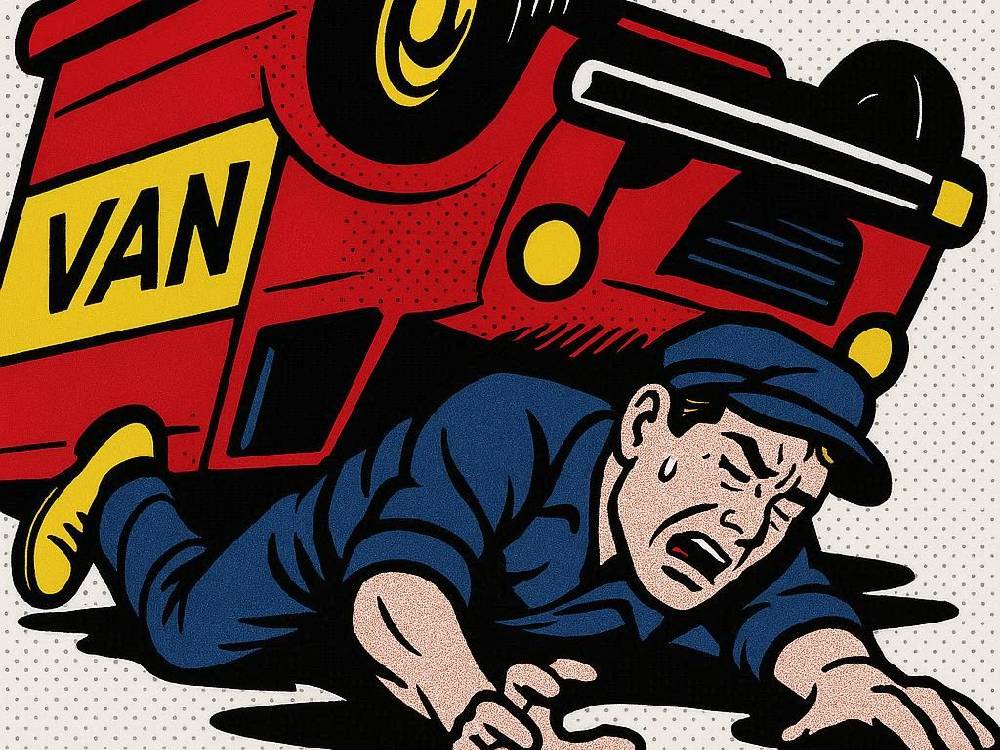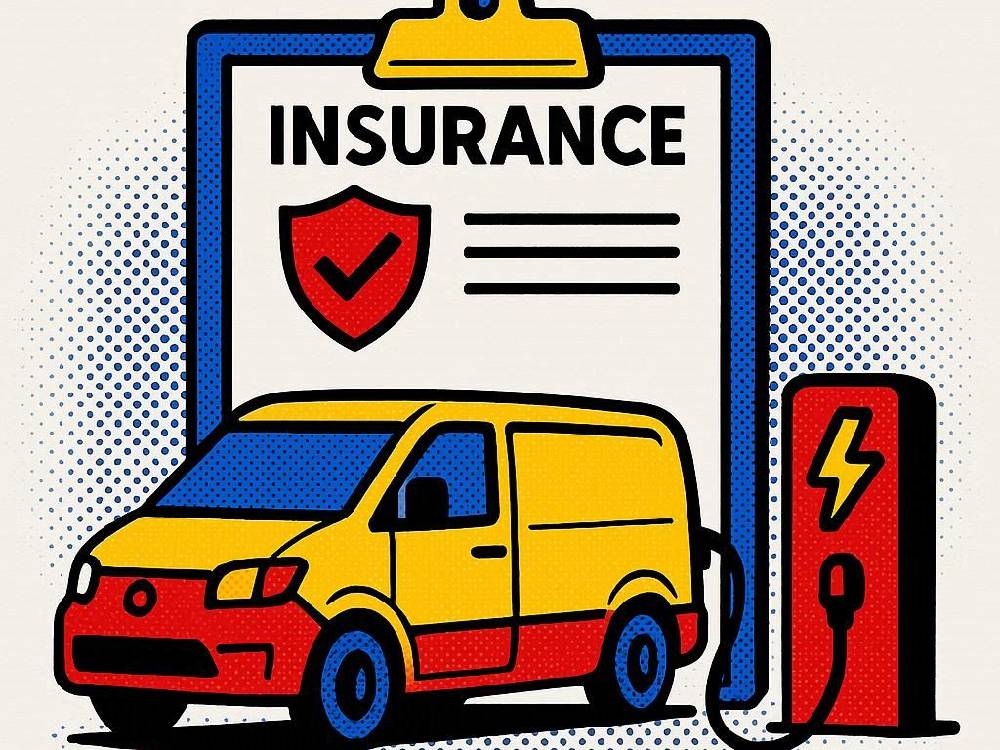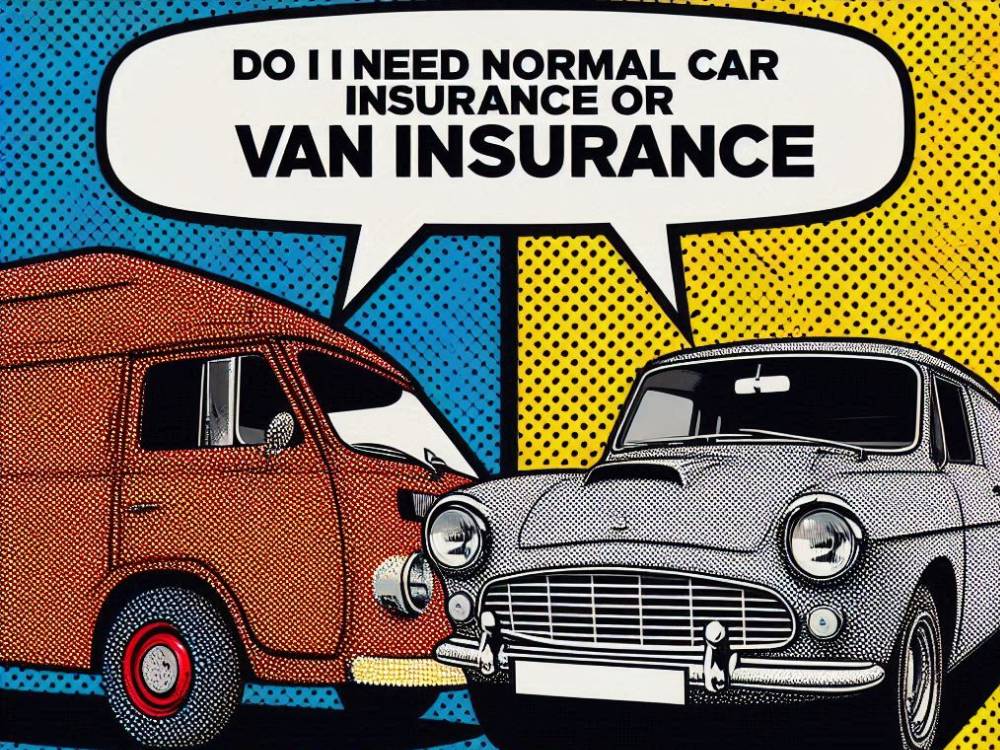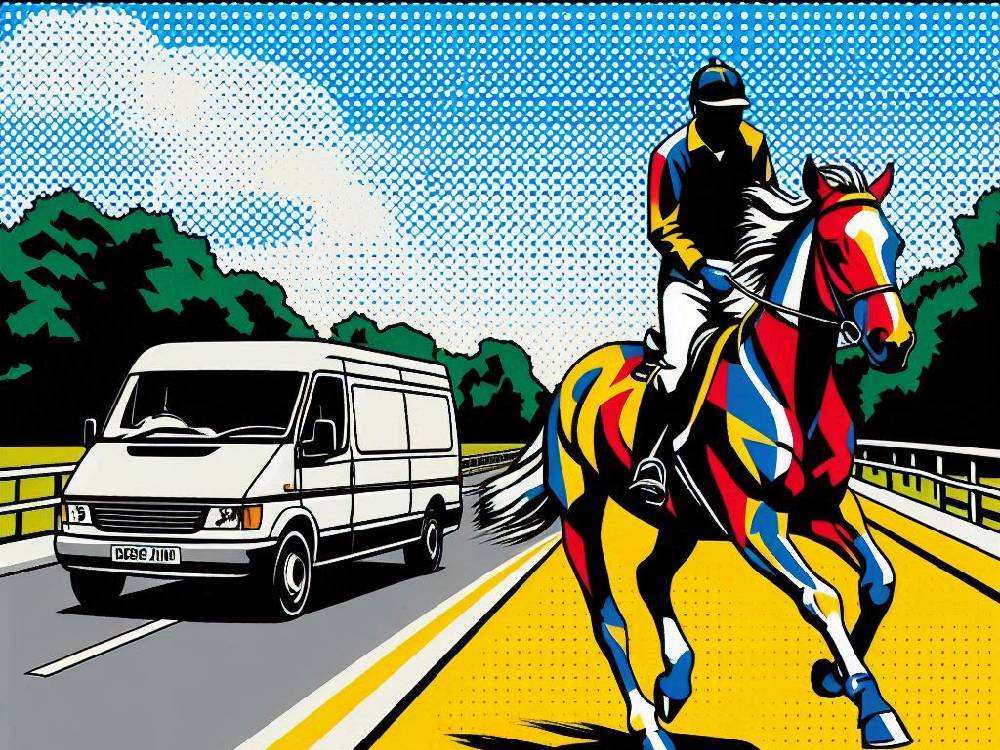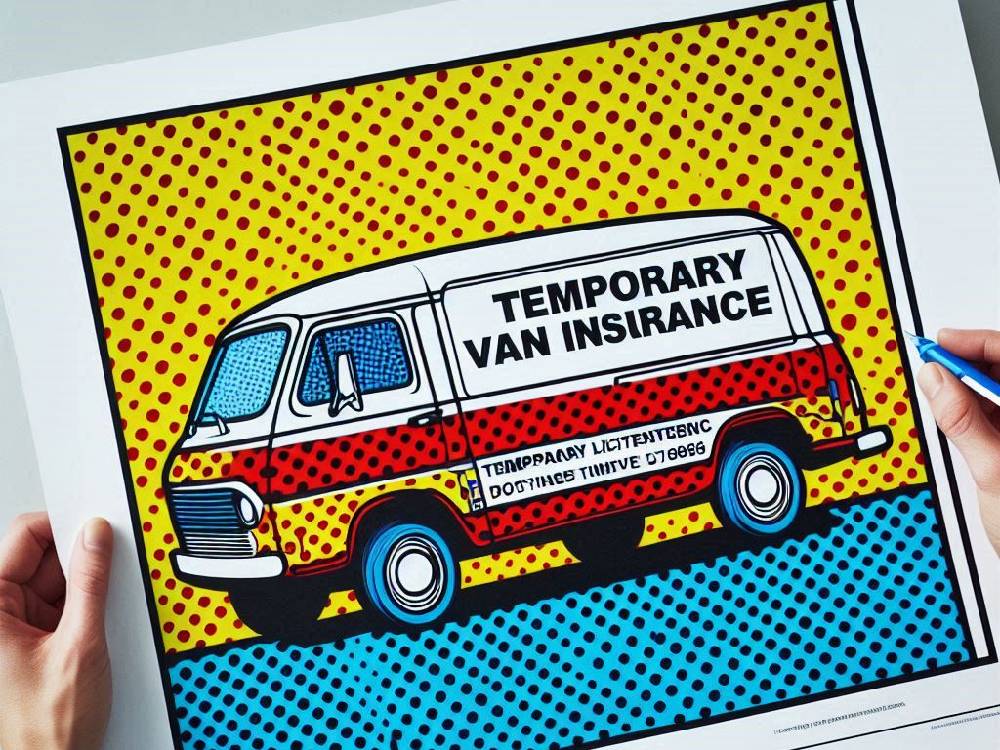Introduction
A van insurance fault claim might sound straightforward.
But in reality?
It can become one of the most expensive mistakes a driver makes.
Unlike non-fault claims, a fault claim means your insurer can’t recover costs.
And when that happens, your no-claims discount and your premiums take the hit.
So, what exactly counts as a fault claim?
And more importantly—how do you keep costs down when it happens?
What Is A Van Insurance Fault Claim?
A fault claim happens when your insurer has to pay out.
Why?
Because there’s no other party they can recover the money from.
That doesn’t always mean the accident was your fault.
It simply means your insurer shoulders the cost.
Think about theft.
If your van is stolen and never recovered, the insurer pays.
If your van catches fire, again—they pay.
What if you’re hit by an uninsured driver, the costs usually fall back on your policy.
And that’s where it stings.
Because fault claims often sit on your record until recovery is confirmed.
That can take months—or never happen at all.
So, the insurer records it as your claim, even if you weren’t at fault.
Want to see if your cover even applies to your vehicle type?
Read this: Are you driving a car or a van? Check your insurance policy.
Why A Van Insurance Fault Claim Matters for Your Premiums
Here’s the harsh truth.
Even a single fault claim can send your premiums skyrocketing.
Why?
Because insurers see you as a higher risk once costs fall back on them.
Your no-claims discount (NCD) also takes a direct hit.
And without that protection, your next renewal price shoots up.
So, what does that mean for drivers looking for cheap van insurance UK?
It means fault claims are a red flag to insurers.
They instantly categorise you as more expensive to cover.
And the longer the claim sits unresolved, the worse it gets.
Here’s the kicker.
Even if your insurer later recovers costs, the premium damage may already be done.
Insurers rarely rush to correct prices mid-policy.
Instead, they wait until renewal—and by then, you’ve already paid more.
Want to learn how compliance links directly to premium risk?
Check this guide: Why proper vehicle compliance is crucial for road safety.
Common Situations Leading To Fault Claims
Now let’s break it down.
Which events most often lead to a fault claim?
Here are the main culprits:
- Theft of your van
- Fire damage
- Accidents where no other party is identified
- Collisions with uninsured drivers
- Damage caused by hit-and-run incidents
Each of these scenarios leaves your insurer covering the bill.
And that’s exactly why fault claims impact the cheapest van insurance rates so heavily.
For tradespeople, the risks rise even higher.
Your van isn’t just transport—it’s your livelihood.
That means theft or fire could wipe out your tools and income too.
And insurers know it.
They build that risk into your premium calculations.
But here’s where things get interesting.
Some drivers are already finding ways to reduce that risk.
For example, telematics technology is changing the game.
Want proof?
Read this: How telematics devices can save you money on van insurance.
How to Reduce The Impact Of A Van Insurance Fault Claim
So, let’s say the worst happens.
Your van is stolen.
Or you’re hit by a driver who disappears without a trace.
What do you do?
Step one: contact your insurer immediately.
Step two: gather as much evidence as possible.
Dash cam footage.
Witness reports.
Police references.
Every detail helps.
Step three: consider legal expenses cover.
This can help you chase recovery costs faster.
And step four?
Tighten up your security.
Because preventing future claims is the only way to lower your risk profile.
That directly reduces your premiums in the long term.
Want to know the hidden factors that drag your premiums down?
Don’t miss this: Top Van Insurance Groups Revealed: How to Get the Cheapest Rates Today.
Protecting Your No-Claims Discount
Your no-claims discount (NCD) is one of the biggest weapons against rising premiums.
However, a single fault claim can strip away years of progress instantly.
So, how do you defend it?
First, many insurers offer NCD protection add-ons.
This means that, even after a claim, you can keep your discount intact.
Of course, this option isn’t free.
But compared with the sharp rise in premiums that comes from losing your NCD, it often pays for itself.
In addition, prevention plays a vital role.
For example, by investing in steering locks, enhanced alarms, or secure parking, you reduce the likelihood of a claim.
And because insurers factor in risk reduction, these steps can also lower your premiums over time.
Finally, remember that loyalty rarely saves you money in the long run.
Therefore, even if your current insurer penalises you after a van insurance fault claim, another provider may be more competitive.
Want more practical advice?
Check this: 10 Simple Hacks to Instantly Lower Your Van Insurance.
The Role Of Fault Claims In Long-Term Insurance Costs
A van insurance fault claim don’t just hurt once.
Instead, they follow you.
Every claim remains on your record, which insurers carefully assess at renewal.
As a result, multiple claims create a pattern that signals long-term risk.
Consequently, your premiums rise steadily, year after year.
On the other hand, drivers who avoid fault claims consistently unlock lower premiums and enjoy stronger negotiating power.
That’s why it’s so important to think beyond the short-term payout.
For instance, investing in better security today can save thousands over the next five years.
In fact, many van owners discover that one avoided claim is more valuable than years of searching for the cheapest van insurance.
So, if you’re serious about very cheap van insurance, prevention is not optional—it’s essential.
Conclusion
A van insurance fault claim can feel deeply unfair.
After all, sometimes the incident isn’t even your fault—yet the costs fall back on you.
Nevertheless, insurers treat every fault claim as a risk indicator.
Therefore, premiums rise, no-claims discounts fall, and future costs increase.
The takeaway is clear.
If you want the cheapest van insurance UK, you must act early.
By strengthening security, protecting your NCD, and shopping around, you prevent fault claims from spiralling into long-term financial losses.
Ultimately, prevention, preparation, and smart policy choices are the only real ways to beat the system.
For further reading, explore these guides:


